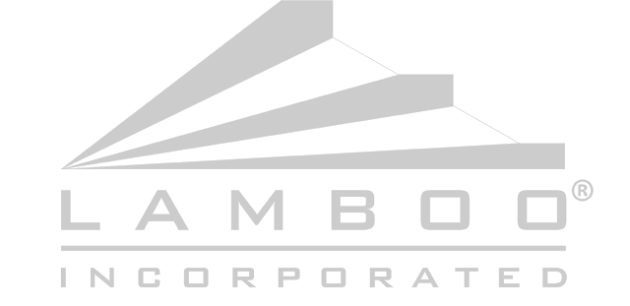The “Green Building” movement is gathering momentum worldwide as businesses increasingly see attractive economic returns and social-environmental benefits from enhancing the overall sustainability of their operations, including initiatives to conserve and enhance efficiencies with regard to energy, water and other natural resources.
The number of businesses anticipating that more than 60 percent of their operations will be “green” by 2014 will more than triple in South Africa; more than double in Brazil, Germany and Norway; and increase from 33-68 percent in Australia, Singapore, the United Arab Emirates (UAE), the UK and the US, according to McGraw-Hill Construction’s, “
World Green Building Trends – Business Benefits Driving New and Retrofit Market Opportunities in Over 60 Countries.”
Green building market: Moving from supply-push to demand-pull Surveying green building activities among businesses worldwide, McGraw-Hill Construction and United Technologies Corp. (UTC) found that 51 percent of survey respondents expect that more than 60 percent of their operations will be green by 2015. That’s a big increase from the 28 percent that expect the same in 2013, and double the 13 percent from 2008, according to
McGraw-Hill Construction’s press release.
“This report confirms that the green building movement has shifted from ‘push’ to ‘pull’—with markets increasingly demanding no less than green buildings,” John Mandyck, chief sustainability officer,
UTC Climate, Controls & Security, was quoted as saying.
There has been a decided shift toward focusing on green building among business executives and management, the researchers found. Green building has become a business imperative in economies worldwide. The top driver in the 2008 Green Building report was “doing the right thing.” In 2012, client and market demand are the key factors driving green building initiatives, according to the report authors.
Returns, benefits from doing the right thing A resonance has developed in recent years whereby business opportunities and expected benefits of green building are matching up: 76 percent of respondents reported that green building lowers operating costs, with more than one-third pointing to higher building values (38 percent), quality assurance (38 percent), and future-proofing assets (36 percent) as tangible benefits and returns on investment.
"The acceleration of the green building marketplace around the world is creating markets for green building products and technologies, which in turn will lead to faster growth of green building,” commented Harvey Bernstein, vice president of Industry Insights and Alliances at McGraw-Hill Construction.
"And the fact that green is growing in all parts of the world indicates that there are market opportunities in both established markets as well as developing countries.”
(Read More) (Excerpt of
article from Triple Pundit. NOT AFFILIATED WITH LAMBOO)

One
of the most important elements regarding green building projects is the
materials that the buildings are constructed with. There are a variety
of products from natural, recycled, and synthetic sources that improve
efficiency and performance, yet many are still of a finite nature.
The most unrecognized yet potentially successful (and Sustainable)
material for this green movement is bamboo, particularly in engineered
form. Bamboo is one of the most rapidly renewable plant sources that is
also remarkably strong and resilient. Bamboo reaches maturity in 6-8
years and after harvesting will regrow from the roots with no replanting
necessary. Bamboo is also renowned for its great oxygen production and
carbon sequestration; a great positive environmental impact. Once in
engineered form (
Laminated Veneer Bamboo LVB)
the material has great thermal and performance attributes that makes it
ideal for energy efficient systems built for longevity.

Learn more about Lamboo
What is Lamboo?
Certifications
Product Information
Research
For questions regarding Lamboo or our products please visit our website
at
www.lamboo.us or contact us at
info@lamboo.us 866-966-2999
…
“MAKING INNOVATIVE THINKING A STANDARD” – Lamboo Incorporated







